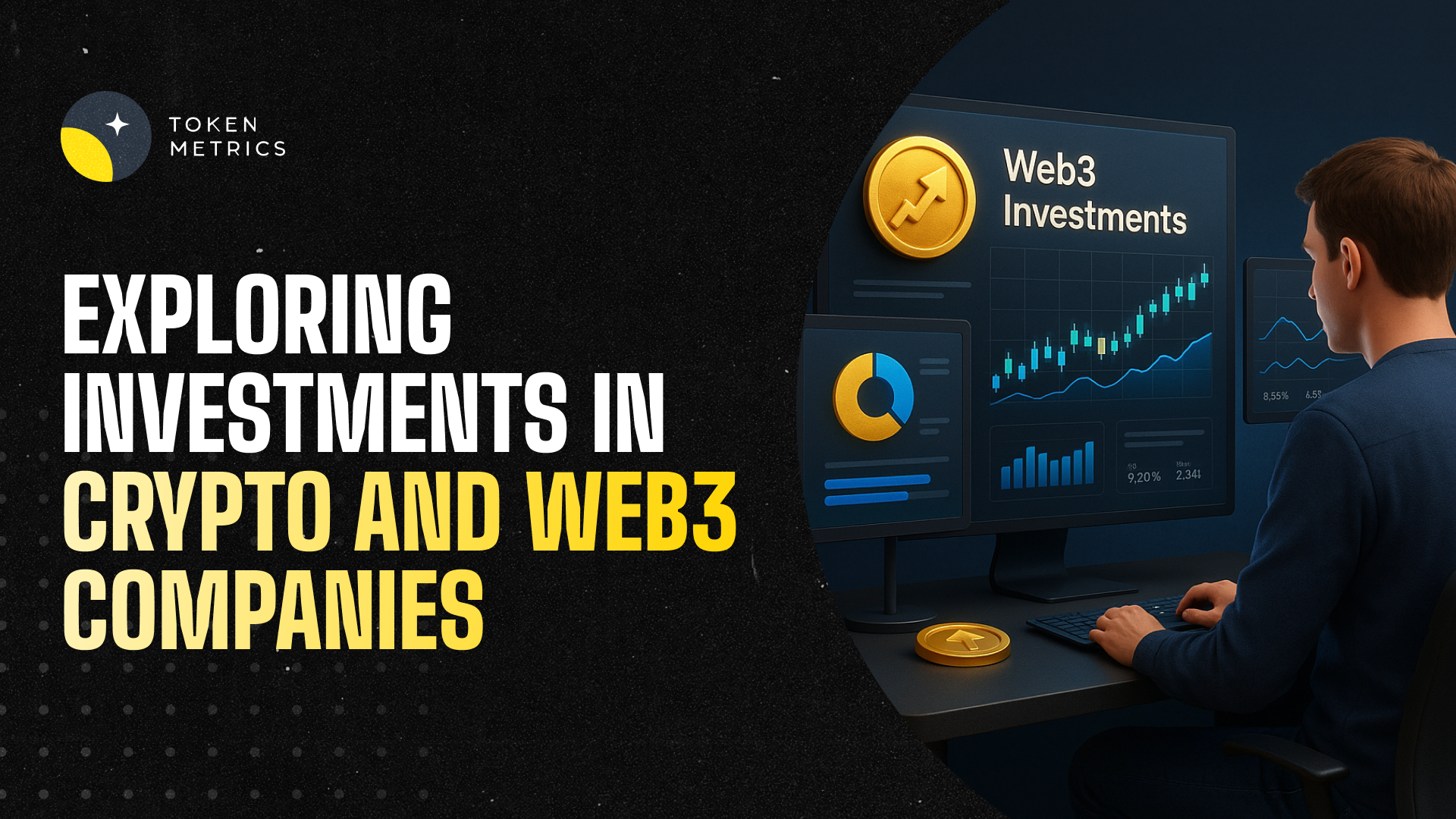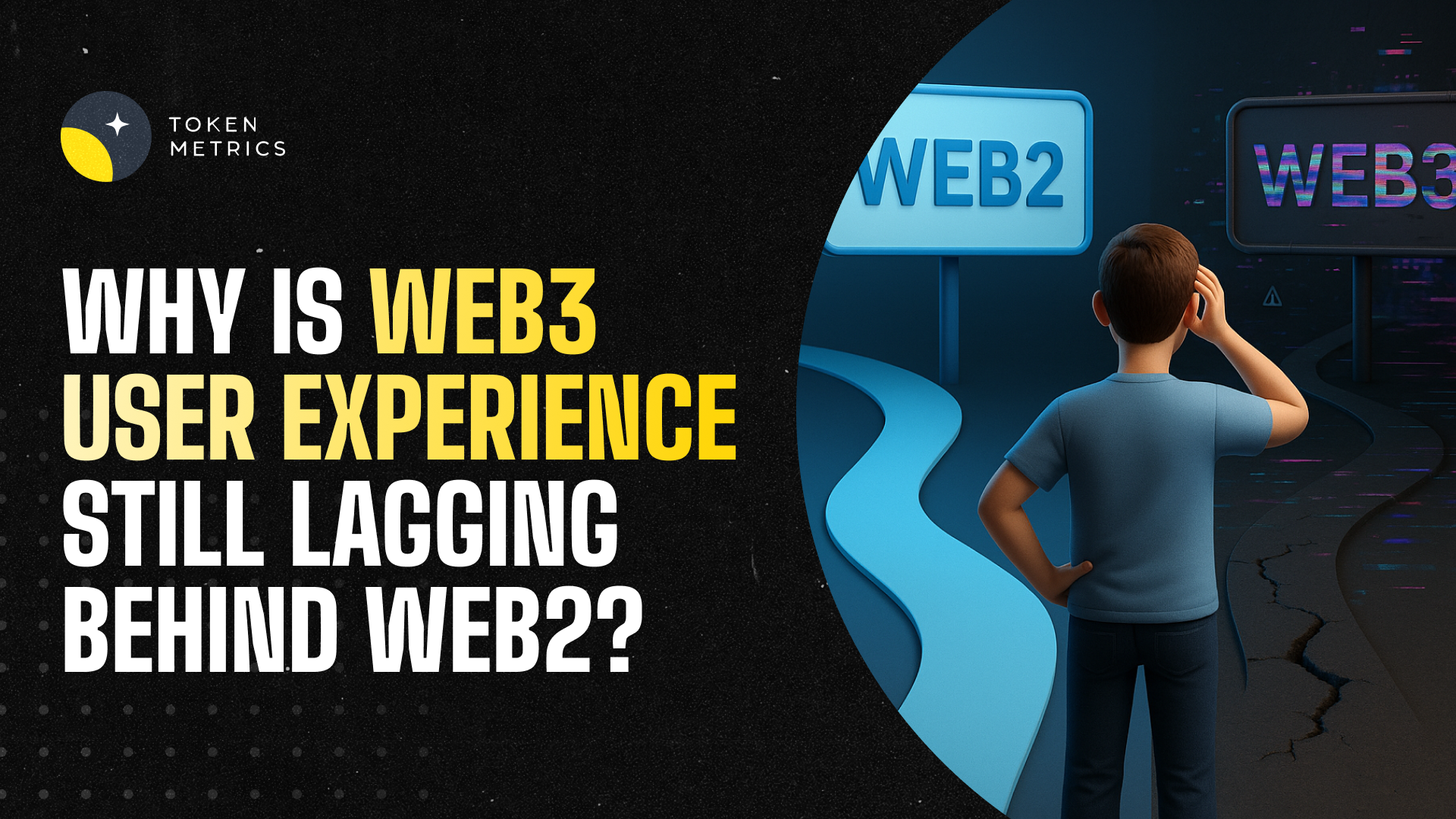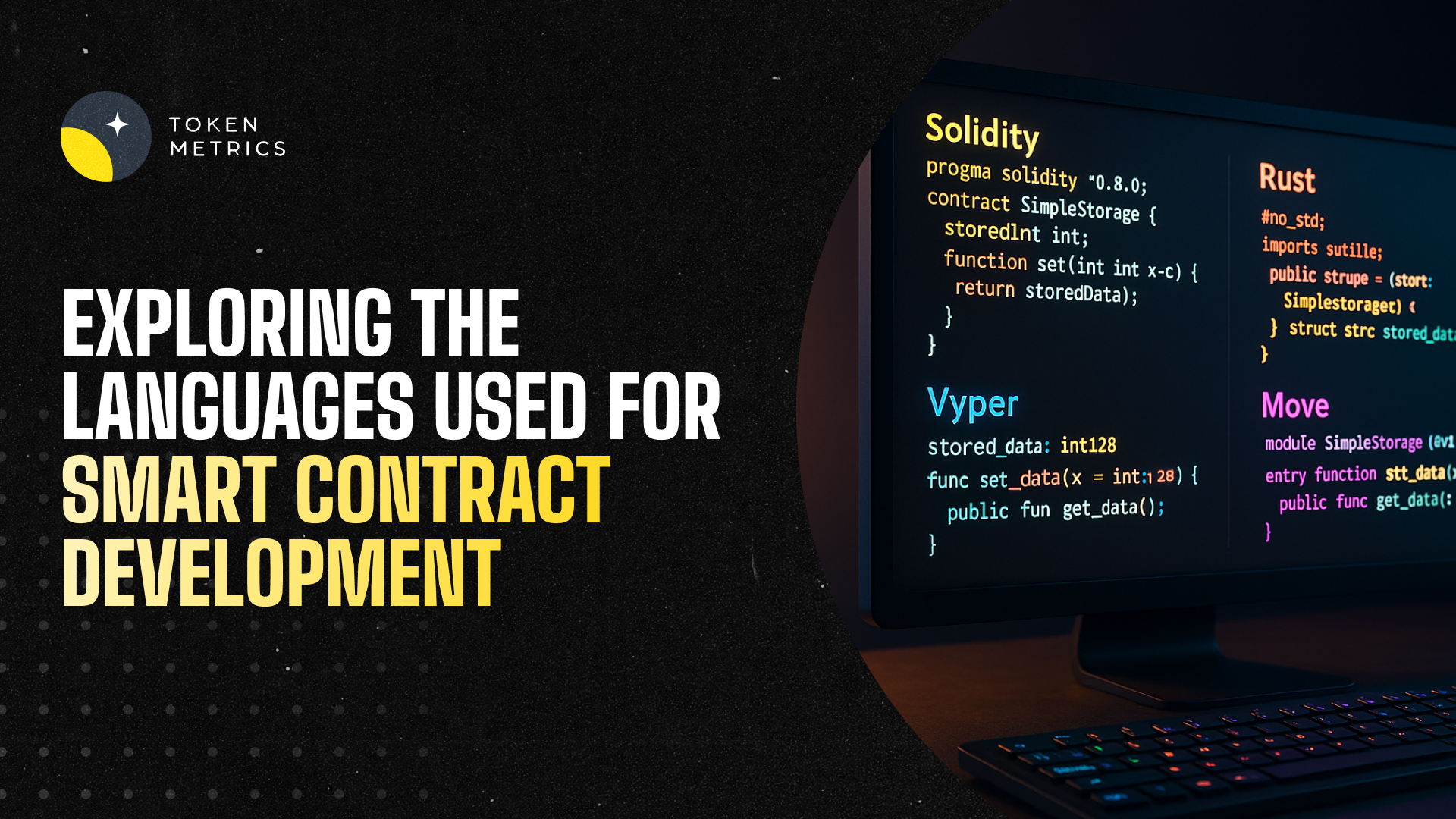Exploring Free Cryptocurrency Conversion APIs: Options, Features, and Use Cases

Developers and blockchain enthusiasts increasingly need fast, accurate, and readily available cryptocurrency conversion data. Whether you’re building a lightweight portfolio tracker, a pricing widget, or conducting academic research, access to real-time or historical exchange rates can be vital. But with so many providers and pricing tiers, many wonder: are there any free cryptocurrency conversion APIs available—and how reliable are they?
What Are Cryptocurrency Conversion APIs?
Cryptocurrency conversion APIs are interfaces that deliver digital asset exchange rates, enabling applications or analysts to retrieve crypto-to-crypto or crypto-to-fiat price data programmatically. APIs are fundamental in supporting wallets, trading bots, payment gateways, and data aggregation platforms. Their core function is to streamline access to dynamic market rates, sometimes offering additional features like historical data, volume metrics, or aggregated prices across multiple exchanges.
APIs typically respond in JSON or XML, making integration straightforward for most modern development stacks. Depending on the provider, endpoints might include real-time spot prices, conversion endpoints (i.e., "convert BTC to USD"), and even rate limits or attribution requirements. Free APIs, in particular, often balance accessibility with reasonable restrictions to maintain sustainability.
Popular Free Cryptocurrency Conversion APIs
There are several reputable free options available to developers and crypto enthusiasts looking for conversion data without incurring upfront costs. Here are some of the best-known free cryptocurrency conversion APIs, the features they offer, and their typical limitations:
- CoinGecko API: Widely used and thoroughly documented, CoinGecko’s free tier grants access to real-time price, conversion, and market cap data across thousands of coins, with a generous rate limit. Attribution is required according to their Terms of Service.
- CoinMarketCap API (Basic Tier): Offers limited free access with tight rate restrictions but covers a wide range of coins and fiat currencies. To unlock more features and higher rates, a paid tier is needed.
- CryptoCompare API: Provides developers access to both spot prices and historical pricing/conversion data. The free plan comes with daily/monthly request limits and some restricted endpoints.
- CoinCap API: Free and simple. Suitable for straightforward conversion and price data use cases, particularly for apps that don’t require advanced analytics.
- Open Source Alternatives: Some open crypto data projects offer self-hosted APIs, aggregating exchange data for those with more technical resources. Projects such as CCXT (CryptoCurrency eXchange Trading Library) allow connection to exchange APIs, but may require more setup and maintenance.
While many prominent APIs have free tiers, pay attention to their respective limitations. These can include request rate caps (e.g., 10-100 requests per minute), limited historical data access, attribution stipulations, and restrictions on commercial use.
Choosing the Right Free API for Your Use Case
When selecting a free cryptocurrency conversion API, consider several practical criteria:
- Data Coverage: Does the API support the coins you need, along with relevant fiat currencies?
- Frequency: How often can you query the API without hitting limits? Is real-time data essential?
- Data Sourcing: Are prices aggregated from multiple exchanges, or is the data sourced from a single venue?
- Documentation & Community: Look for thorough documentation and active technical communities in case you need troubleshooting help.
- Reliability & Uptime: Free services may occasionally experience more downtime or slower response times during traffic spikes.
- Legal and Compliance: Double check the API’s terms of service, especially if you plan to use the data in a commercial setting or redistribute it within your own products.
For most personal and non-commercial projects, free crypto conversion APIs suffice. For production-grade applications or platforms processing sensitive or high-frequency applications (such as trading bots or financial dashboards), evaluating paid or enterprise solutions is advisable due to stronger SLAs, data consistency, and direct support channels.
Integrating and Extending Crypto Conversion APIs
Integration is generally user-friendly: developers request an API key (often free for basic tiers), review documentation, and call specified endpoints via HTTP. For example, a GET request to a provider’s conversion endpoint might return live ETH/USD prices in JSON, easily processed by web apps or scripts.
Advanced use cases extend beyond basic conversion:
- Portfolio Trackers: Dynamically update asset values based on live conversions.
- Cross-border Payments: Offer on-the-fly crypto-to-fiat conversions at checkout.
- Market Analysis: Leverage conversion data to build insights, detect trends, or backtest strategies.
- AI and Analytics: Power AI-driven tools and research frameworks that require timely, structured data.
For enhanced analysis or deeper risk factor evaluation, AI-powered solutions like Token Metrics can be layered atop raw market data, providing pattern recognition and enhanced filtering based on market or on-chain indicators.
Future Trends in Crypto API Access
The ecosystem for free crypto APIs is evolving rapidly. Increasing demand for multi-chain coverage, faster refresh rates, and predictive analytics is steering API providers toward smarter, more robust solutions, sometimes powered by artificial intelligence and real-time on-chain analytics. Open APIs and robust data-sharing agreements may become more standardized, while privacy and compliance requirements around data storage will become more relevant—especially with increased regulatory scrutiny in the crypto sector.
Platforms that merge conversion capabilities with deep analytics—such as APIs that factor in risk indicators, whale tracking, or sentiment—are gaining traction among developers. The integration of AI not only improves accuracy but empowers users to extract actionable insights without manually analyzing gigabytes of raw data.
Build Smarter Crypto Apps & AI Agents with Token Metrics
Token Metrics provides real-time prices, trading signals, and on-chain insights all from one powerful API. Grab a Free API Key
FAQs About Free Cryptocurrency Conversion APIs
Are there truly no-cost crypto conversion APIs?
Yes, several providers offer free access to crypto conversion and price data. Commonly, these come with request rate limits, licensing, or attribution requirements. For commercial and high-frequency use, review each API’s terms carefully.
How accurate and reliable is free crypto API data?
Free APIs often rely on aggregated or third-party exchange data. For most casual or research purposes, accuracy is sufficient, but there may be minor lag vs. premium feeds. Reliability also varies by provider and demand spikes.
Can I use free crypto APIs for commercial apps?
Some APIs allow limited commercial use even on free plans, but others strictly prohibit this. Always read the Terms of Service and privacy policy of your chosen provider before deploying in production.
What features should I look for when comparing free APIs?
Key differentiators include the breadth of coins/currencies supported, response latency, ease of integration, frequency of updates, and clear documentation—with special attention paid to limits and permitted use cases.
How can Token Metrics support crypto development?
Token Metrics offers advanced AI-powered analytics, ratings, and data tools for both developers and analysts. Its robust API supports real-time price data, in-depth insights, and integration capabilities for smarter crypto applications.
Disclaimer
This blog post is for informational and educational purposes only. It does not constitute financial, investment, or legal advice. Always review third-party API terms, and consult with technical or legal experts when building crypto platforms.
Create Your Free Token Metrics Account

.png)




%201.svg)
%201.svg)


%201.svg)










.svg)




.png)